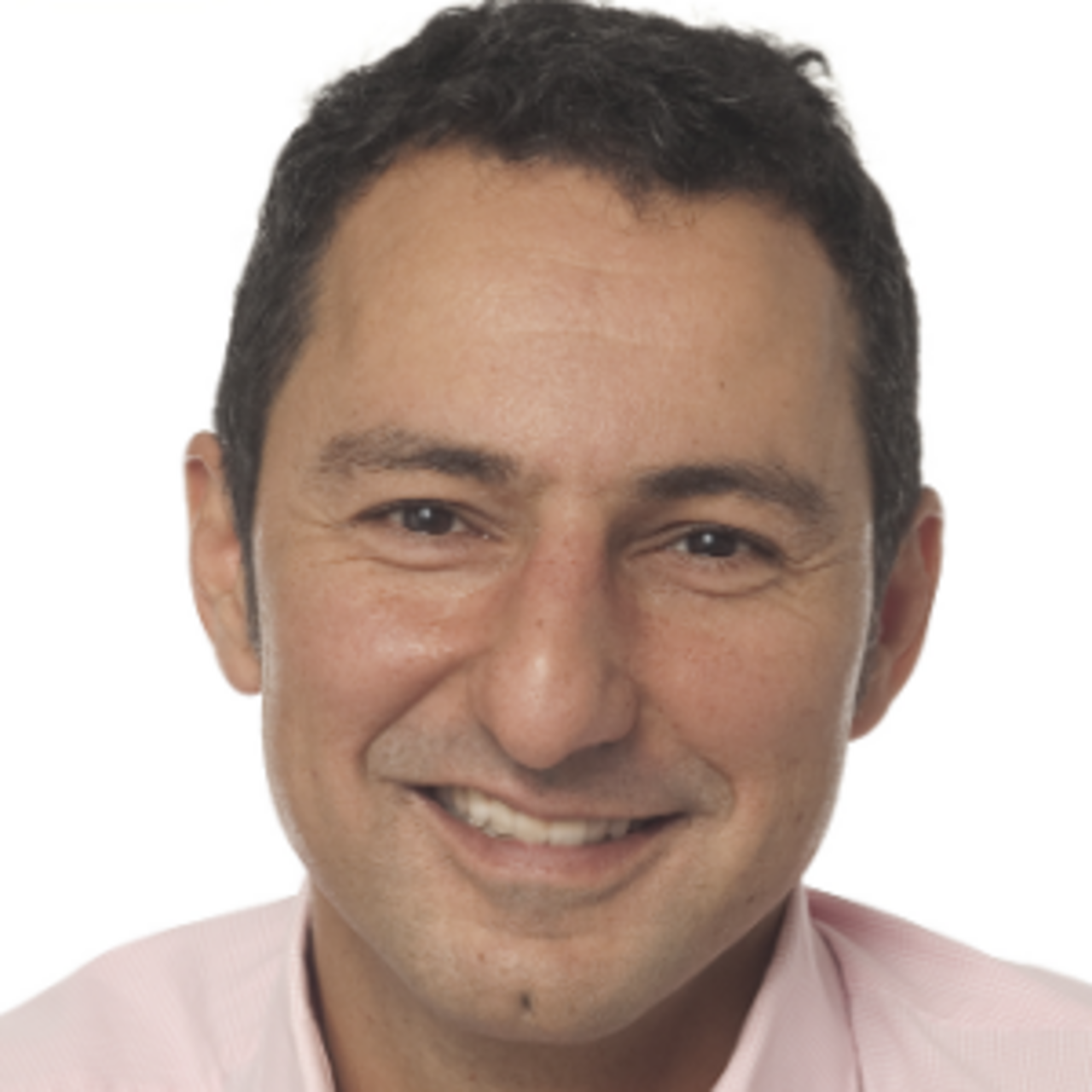Specialists in Radioiodine
2 Specialists found
Information About the Field of Radioiodine
What is Radioiodine Therapy?
Radioiodine therapy (RED) is used in nuclear medicine to treat autonomic thyroid disorders such as Graves' disease (Morbus Basedow) and various other thyroid disorders. By using a radioactive isotope of iodine (iodine 131) diseased parts of the thyroid are irradiated and eliminated, while healthy parts remain untouched.
The thyroid gland is one of the most important regulatory organs of the human body. It affects hormone balance, metabolism, as well as cardiovascular system and psyche. It is obvious that even the slightest fluctuations in thyroid activity (hyperactivity or hypofunction) can significantly affect a person's overall constitution.
In general, RIT is used to treat autonomic disorders such as hyperthyroidism and hypothyroidism, but also to treat Graves' Disease, which typically causes an enlarged or hypertrophic thyroid (goiter). Malignant and non-malignant tumors - thyroid cancers - can also be treated with this method since they can store iodine.
How does Radioiodine Therapy work?
Iodine 131 is normally taken up in the form of a sodium iodide capsule. In some rare cases where patients cannot swallow capsules, sodium iodide is administered intravenously via a catheter. The capsule follows the regular bloodstream and reaches its target, the thyroid gland.
The thyroid possesses the special ability to absorb and use iodine. Ergo, every excess of iodine is eliminated through the gastrointestinal tract within 24 hours. By using a high dose of radioactive iodine (the so-called "absorbed dose"), RIT basically affects the thyroid only, while other body tissues generally remain intact. About one week after application, the radioactive iodine loses half of its radiation. Subsequently, the substance is biodegraded by the human body.
What are negative side effects and complications of the RIT?
The physiology of the thyroid contributes to the great advantage of this form of therapy. Only the thyroid can store and use iodine. That is, if side effects or complications occur, they will only appear inside the thyroid gland. In very rare cases, patients may experience a discrete pressure sensation in the neck area due to increased cell activity during RIT. The most frequent developing complication is an acute inflammation of the thyroid gland, called the radiothyroiditis as a result of radioactive exposition during therapy. Anti-inflammatory drugs have made it possible to treat maladies.
What should be considered after Radioiodine Therapy?
During RIT, patients are exposed to radioactive substances. For example, although large portions are excreted during urination, patients must stay in the hospital because of remaining radioactive particles. Those particles eventually metabolize after several weeks. Patients should therefore pay attention to the advice of the Federal Office for Radiation Protection and their treating physicians.
The distance to other persons should be maintained, especially children, pregnant women, and family contacts should be reduced to two hours a day. In addition, longer trips such as cruises after RIT treatment should be avoided.
In general, RIT patients should refrain from close contacts with other people and meetings of large groups such as concerts or the movies in the first few weeks. RIT patients should also take hygienic precautions including washing hands after every visit to the restroom as well as using separate towels.
After successful radioiodine therapy, additional supplementary examinations usually take place three to six months later.

